I’ve always wanted to try my hand at fermenting vegetables, so when I was invited to review Amanda Feifer’s new book ‘Ferment Your Vegetables – A Fun and Flavorful Guide to Making Your Own Pickles, Kimchi, Kraut and More’, I jumped at the chance.
For those of you who have yet to come to across the lovely Amanda Feifer, she is a Philadelphia-based fermentation teacher and blogger at Phickle.com. I would love to attend one of her workshops one day, but since this is unlikely to happen anytime soon considering she lives all the way over in Philly, acquiring her book was definitely the next best thing.
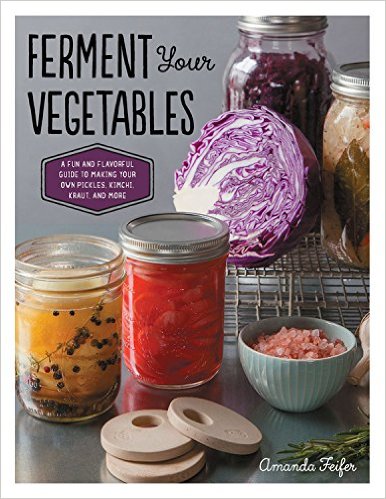
The opening section – Getting Started with Fermentation – provides everything you need to know when embarking on fermentation for the first time, including need-to-know basics; keys to successful fermentation; and what to expect when you’re fermenting.
It also quells any fears you may have about the safety of fermenting. Amanda reassures us that it’s actually a very safe process; humans have been fermenting for thousands of years and, much to my relief, there have been zero reported cases of botulism associated with eating fermented vegetables.
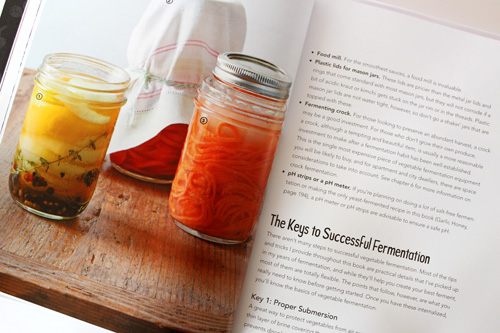
As a complete novice, I found the Troubleshooting and FAQ section in Part One especially helpful. It pretty much answered every question I’ve ever pondered on fermenting. After reading this section, I felt a lot more confident about trying it at home and was eager to get started.
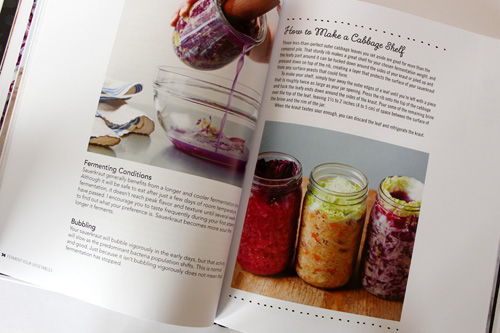
I headed into Bath to purchase a couple of 1 litre Kilner jars from the Kitchens Cookshop and ordered some Ph test papers online. It’s not essential to take a Ph reading of the ferments but, as a newbie, I just wanted to make sure that we hit the safety reading of Ph 4.0 before I started sharing the ferments with the family.
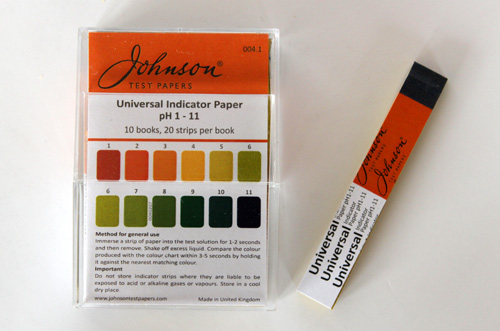
The next step was deciding which recipes to try first from the myriad on offer. Part Two – Small-Batch Lactic Acid Fermentation has five recipe chapters –
1. Pickles
2. Kraut
3. Kimchi
4. Sauces, Salsas and Condiments
5. Kvass
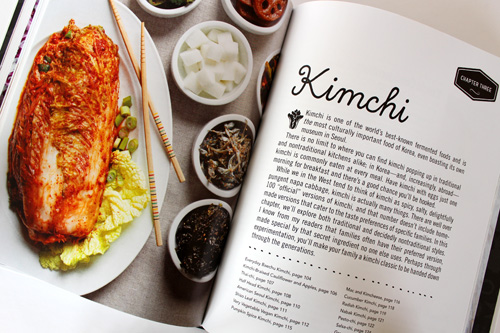
while Part Three – Alternative Approaches to Vegetable Fermentation has another three chapters:
6. Fermenting in Crocks
7. No-Salt-Added Ferments
8. Tsukemono, Sun Pickles, and Other Paths to Cultured Vegetables
Taking Amanda’s advice, I chose to start with the Foolproof Radish and Onion Pickles; though since I’m not a fan of raw onion, I opted to ferment just the radishes. I loved watching how they transformed over time, with the clear brine turning vibrant red.

Now a little more confident in my abilities, I upped the stakes and embarked on two kraut recipes, using these locally grown beauties.
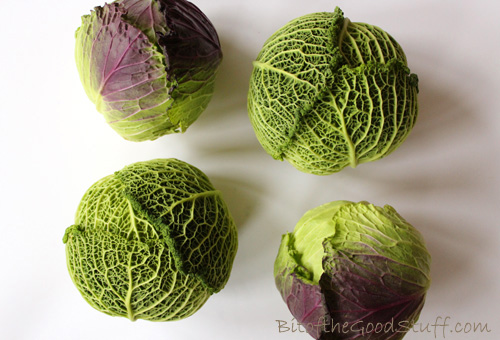
First up, Ava’s Hot Pink Kraut (though mine was less ‘hot pink’ and more ‘mystical purple’!) I fermented this one for about 4 weeks and loved watching it bubble and froth. I’m glad I took Amanda’s advice and placed the jar on a tray as a week or so into the ferment, it started to bubble over. Maybe I filled that jar just a touch too much.
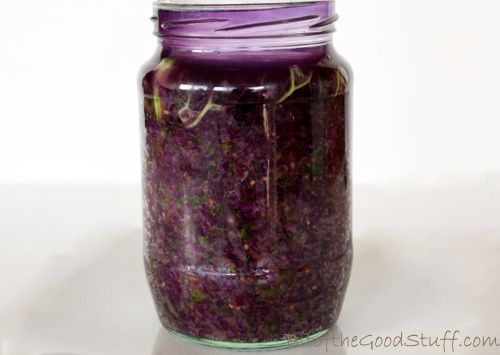
The second kraut I chose was the Sauerkraut Satay, which includes peanut butter and toasted sesame oil; two of my favourite ingredients. I love how pretty this kraut looks in the jar. It only takes 5-10 days to ferment, so it wasn’t long before I was able to dive in.
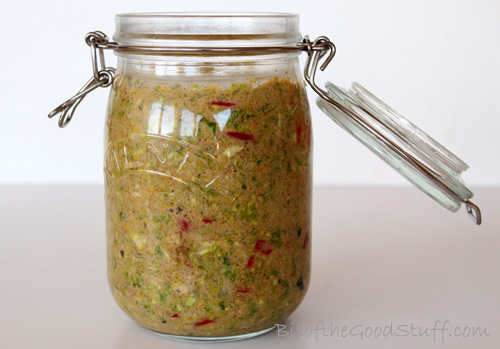
For my first efforts, I don’t think I did too bad at all and this was largely down to Amanda’s excellent instructions and tips. Personally, I wasn’t majorly fond of the whole coriander and cumin seeds in the two krauts I tried so, next time round, I will use ground spices instead. But, apart from that, the krauts were flavourful and super sour as expected.
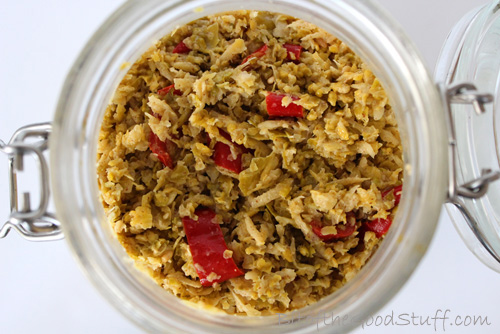
I’m never quite sure whether I like the sour taste or not. It makes me shudder a little and wrinkle my nose up; yet I always seem to go back for more. Pickles, on the other hand, I most definitely love.
Next on my ‘to try’ list are the Curried Cauliflower Pickles and Amanda’s crowd-pleasing Curried Cauliflower Picnic Salad. It sounds delicious!
And my verdict?
Ferment Your Vegetables is a wonderful book, filled with Amanda’s infectious enthusiasm for fermenting; clear, detailed instructions; and pages of imaginative and creative recipes. It has a glossy hard cover and features lots of colourful photos inside. I would recommend it to anyone that’s keen to try their hand at fermenting or seasoned fermenters looking for recipe inspiration. It would also make a lovely gift for pickle and kraut lovers. It’s available from a range of book sellers, including Amazon USA and Amazon UK.
Are you a fan of pickles or kraut? Have you tried your hand at fermenting? I’d love to hear your stories!


I haven’t been brave enough to try fermenting my own veg yet. I’d love to make sauerkraut. My husband can’t stand pickles so I’ve never tried making those either but those radishes look very tempting for me.
It took me a good couple of years (and reading Amanda’s book) to pluck up the courage to try fermenting at home. One day I’d love to do a workshop or course. I think it would be a real confidence booster to learn from the experts first hand.
I’ve just started getting into fermenting big time! Got some kombucha brewing and some kimchi on the go! I love the sound of the curried cauliflower pickles too, YUM.
I haven’t tried kombucha or kimchi yet, but there are some great recipes in Amanda’s book. Can’t wait to give them a try!
I loooooove fermenting vegetables. This book sounds amazing. I do sometimes get worried from a safety standpoint and it would be great to have this book as a helpful tool. The pH strips were a great idea, too!
I always have a batch of sauerkraut going, but I think it’s time to experiment again. Beet kvass? Pickled veggies? Yum!